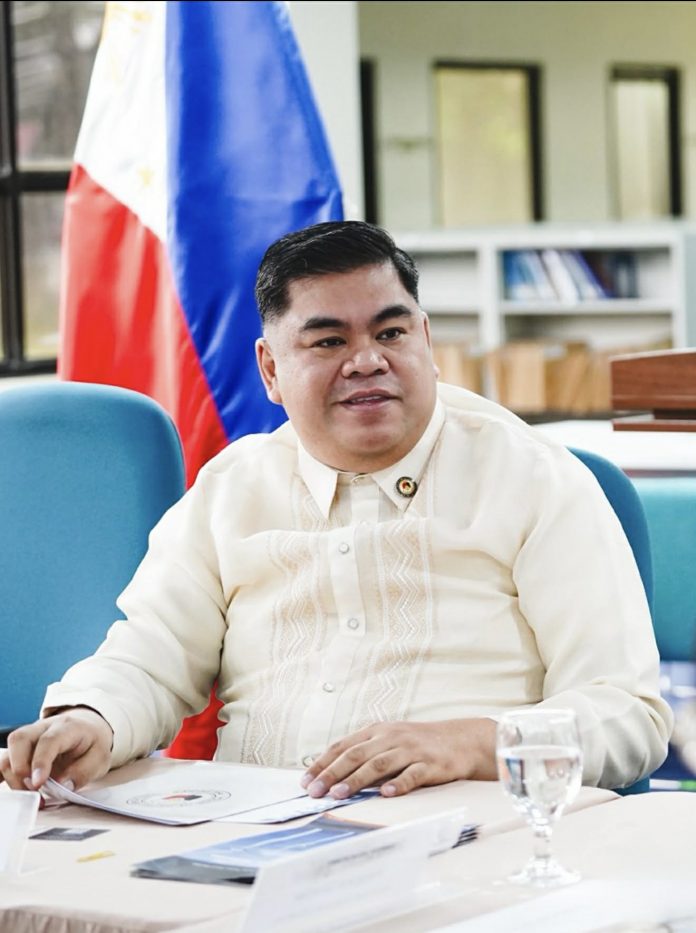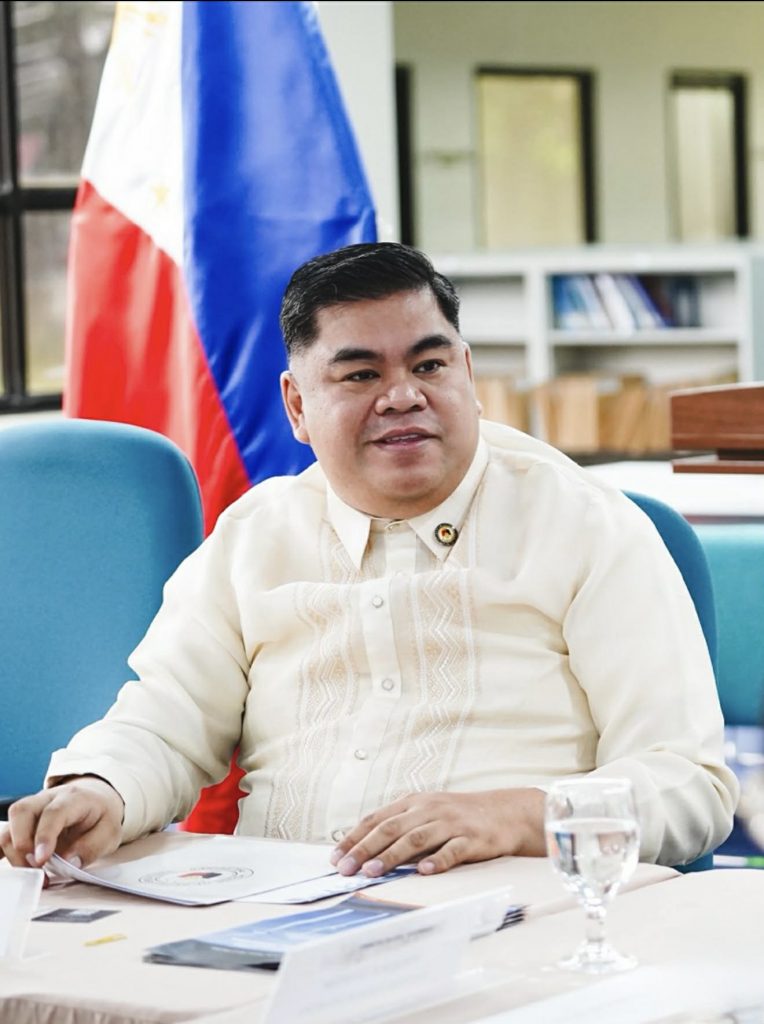Maturity isn’t simply a matter of accumulating years; it’s a complex tapestry woven from experience, self-awareness, and the conscious choices we make to protect our well-being. A crucial thread in this tapestry is the ability to walk away – to disengage from people and situations that threaten our mental health, values, self-respect, morals, and self-worth. This isn’t about cowardice or avoidance; it’s about self-preservation, a vital act of self-care that underpins emotional and psychological resilience.
This article explores the profound significance of walking away as a marker of maturity, examining the various contexts in which this decision arises and the benefits it confers. We will delve into the challenges involved, the potential for guilt and self-doubt, and ultimately, the empowerment that comes from prioritizing one’s own well-being.
Recognizing the Threats: Identifying Toxic Influences
Before we can discuss the act of walking away, we must first identify the situations and relationships that necessitate it. These are often characterized by consistent negativity, disrespect, manipulation, or outright abuse. These threats can manifest in various forms:
– Toxic Relationships: These relationships are defined by consistent negativity, control, manipulation, or emotional abuse. They drain energy, erode self-esteem, and leave one feeling perpetually depleted. Recognizing the subtle signs of toxicity – constant criticism, gaslighting, emotional blackmail – is crucial for initiating the process of disengagement.
– Unhealthy Environments: Certain environments – workplaces, social circles, or even family dynamics – can be inherently toxic. These environments may foster negativity, competition, or a lack of respect, creating a climate that undermines mental well-being and personal values.
– Self-Sabotaging Behaviors: Sometimes, the threat comes from within. Self-sabotaging behaviors, such as procrastination, self-criticism, or substance abuse, can undermine self-worth and prevent personal growth. Recognizing these patterns and seeking help is a crucial step towards self-preservation.
The Courage to Disengage: Overcoming Internal Barriers
Walking away is rarely easy. It often involves confronting ingrained fears, societal expectations, and deeply ingrained emotional attachments. Several internal barriers may hinder this crucial decision:
– Fear of Loneliness: The prospect of being alone can be daunting, leading to a reluctance to sever ties, even with toxic relationships. However, healthy solitude is different from unhealthy isolation. Learning to appreciate one’s own company is a vital aspect of self-sufficiency.
– Guilt and Obligation: Many individuals feel a sense of guilt or obligation to remain in unhealthy situations, fearing they will hurt or disappoint others. This guilt often stems from a misplaced sense of responsibility and a failure to prioritize one’s own needs.
– Self-Doubt and Low Self-Esteem: Individuals with low self-esteem may believe they deserve the mistreatment they receive, making it difficult to assert their boundaries and walk away. This self-doubt reinforces the cycle of negativity and prevents healthy detachment.
The Rewards of Self-Preservation: Reclaiming Your Well-being
The decision to walk away, while challenging, is ultimately an act of self-love and self-preservation. The rewards are significant and far-reaching:
– Improved Mental Health: Removing oneself from toxic influences allows for emotional healing and reduces stress, anxiety, and depression. This creates space for self-reflection and personal growth.
– Increased Self-Esteem: Asserting boundaries and prioritizing one’s own well-being strengthens self-respect and confidence. This empowers individuals to make choices aligned with their values and aspirations.
– Enhanced Relationships: By disengaging from unhealthy relationships, one creates space for healthier, more fulfilling connections. This allows for the development of supportive and reciprocal relationships that nourish rather than deplete.
– Greater Personal Growth: Walking away from toxic situations allows for introspection and self-discovery. This creates opportunities for personal growth, the pursuit of passions, and the development of a stronger sense of self.
The Art of Letting Go: A Continuous Process
Walking away isn’t a one-time event; it’s a continuous process of self-assessment and boundary setting. It requires courage, self-compassion, and a willingness to prioritize one’s own well-being above all else. This act of self-preservation is not a sign of weakness but a testament to maturity, resilience, and the unwavering commitment to nurturing one’s own mind, body, and spirit. It is a fundamental step towards a life filled with authenticity, fulfillment, and lasting peace.
————–
If you have any questions or would like to share your thoughts on the column, feel free to send an email to jca.bblueprint@gmail.com. Looking forward to connecting with you!






This busy season
Every year, when December steps in, I find myself watching people rush past with folders, gift bags, and deadlines clinging to them like burrs. It’s the same frantic scene that greets me annually, and I’ve long believed that this December rush reveals both our strength and our weakness as a people. We welcome the season so much that we push ourselves to the brink of exhaustion to meet its demands.
Once this month comes, the air thickens with obligations. In offices, employees start racing to finish year-end reports that have piled up through the months. Supervisors suddenly remember pending evaluations, financial documents, and audits that must be completed before everyone disappears for the holidays. I’ve witnessed colleagues gulp coffee at ungodly hours, tapping furiously on keyboards, determined to prove that the year didn’t end with loose ends. The pressure is real, and it eats into our days in ways that only December seems capable of doing.
Beyond the paperwork lies another battlefield: year-end activities that spring from every direction. Schools cram their recognition programs, closing ceremonies, and outreach missions into the month. Local government units mount parades, lighting events, and public gatherings. Every organization—from church groups to civic clubs—feels compelled to hold its own celebration, as if the year would not be complete without a final roll call. I often find myself moving from one event to another, marveling at how Filipinos can turn exhaustion into an art form.
And then there are the Christmas parties—a world of their own. There are parties where the preparation feels like a full-blown production: themes, costumes, program committees, gift exchanges, raffle prizes, catering, and photo booths. People rehearse dance numbers as if auditioning for a grand show. What strikes me every time is how much heart they pour into it all, even when their feet already ache. I see teachers staying late to decorate classrooms, office workers stringing lights around cubicles, and families planning meals weeks in advance. It’s charming, yes, but it also magnifies how stretched we become during this season.
December also turns homes into work sites. Preparing for Christmas and the New Year is never a simple household task. It’s a series of errands: buying ingredients before prices soar, hunting for gifts that match each person’s taste, cleaning every corner of the house for incoming relatives, and securing extra chairs because December seems to multiply guests. I’ve spent entire afternoons in long supermarket lines, watching people balance hams, spaghetti packs, and boxes of fruit while silently calculating expenses. It’s festive, but it leaves everyone breathless.
And while the season is filled with color, lights, and laughter, it also strains the wallets. I’ve felt the weight of that strain myself—gifts to buy, contributions to give, meals to prepare, donations to extend. Filipinos rarely attend gatherings empty-handed, even when money is tight. There’s generosity in that, but also pressure. Many folks stretch their budgets to the breaking point just to meet the social expectations woven into December. The joy is absolute, but so is the worry sitting quietly underneath.
Yet despite the chaos, there’s a tenderness in the way December is handled. I’ve seen jeepney drivers hang cheap tinsel around their windshields just to join the cheer. Street vendors wrap their tables with scraps of gift wrappers. Children practice carols on street corners, their voices rising above traffic noise. The frenzy softens whenever I remember that this is how they create meaning: by giving, gathering, preparing, and insisting on joy even when life feels like a race.
Still, as much as I like the season, I often wonder whether the wiser path is to rethink how we move through December—maybe slow down a little, trim the unnecessary noise, and keep only the traditions that bring warmth rather than stress. There is beauty in celebration, but it shouldn’t drown us. If we could lighten our loads, honor our limits, and embrace the season without sacrificing our well-being, maybe December would feel less like a marathon and more like the homecoming it was meant to be. A time to remember and celebrate the coming of the redeemer, the Lord Jesus Christ, though not exactly December time.